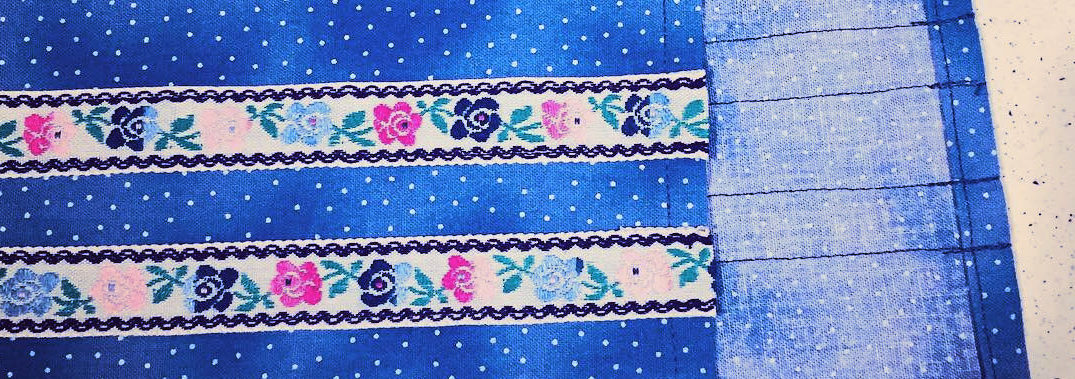
Recently we had interesting discussions on a Facebook post I did about dirndl beginnings and how they are “back in the news” so to speak. Here’s my post:
Did you know the dirndl is a “countrified” and fashionable version of Bavarian folk wear known as Tracht? In the late 19th century city women wanted more relaxing clothes for their countryside vacations. They adapted the folk wear they saw in rural villages, which has become what we call the dirndl today. Variations exist from elegant bridal wear to the club or beer garden look we see often at Oktoberfests. In the last decade dirndl wearing has become quite popular again both in the Germany/Austria regions as well as around the world.
Facebook post on Historical Sewing with Jennifer Rosbrugh, May 28, 2020
.
I so appreciate people chiming in! It was friendly and enlightening. 🙂
As one who greatly respects the Bavarian culture, I’m always open to learning more about it. Even though my DNA says I’m mostly German (all over southern DE) and my maiden name is German, my family has been in America for generations, so therefore I’ve sadly not had the deep heritage passed down to me.
While we study all things dirndl around here, it’s only natural to look at their history – all the good and bad of it. And it is quite interesting!
One thought that keeps coming up is the actual word “dirndl.” It is my understanding that it originally meant “girl” and “dirndlkleid” is a girl’s dress. Eventually (not sure when) it was shortened to simply “dirndl”.
But that doesn’t tell us much about where the dirndl dress came from. Or rather, evolved from.
In my research I’ve found the dirndl was the vacationing dress of wealthy women who visited the countryside in the summer months. Or, at least, they adapted what they saw women wearing in the rural villages and wanted to delight in the same style. I guess one might call it a souvenir of sorts. 😉
Yet maybe, perhaps, the dirndl was already called that in the late 19th Century. ?? But then the dirndl ensemble changed. The city women made it fashion, transforming it into a lighter version of the classic folk wear called Tracht. (Please comment with insights and links if you know about this!)
You see, as far as I know at this point in time, “Tracht” is the German word for “costume” or perhaps “dress costume”…. what we would call “folk wear” in plain English.
Yet “costume” in English covers a WHOLE slew of variances! A topic for another day, our word “costume” can mean anything related to clothing. A Halloween costume, historical costume, dance costume, cosplay or LARP costume, the 19th century word for an ensemble or toilette, even a work uniform today can be called a costume. (Why can’t English have as many distinctive words for “costume” as the Eskimos have for “snow”??)

So that brings us back to “Tracht” and “dirndl” and how the Bavarians (and Austrians and Swiss) use those terms to describe their regional folk wear, patriotic/national ensembles, and/or Oktoberfest clothes (the primary event the dirndl dress stems from).
There’s also “Landhausmode” too, which I believe describes the distinct regional folk wear dress worn in country villages. (See comment below – apparently this is what we would call a cheap Halloween-type costume worn to Oktoberfest as a tourist. Oy!)
And here we are, with our English language, left with mere “dirndl” and “costume” and “folk wear” terms to describe such colorful and detailed clothing of people in the Alpine areas of Europe. Lost in the translation of the language. Simplifying a culture’s clothing history.
But even if our words can’t quite describe the beauty of Tracht, I have felt very welcome by those attached to the Bavarian and Austrian areas who enjoy wearing dirndls and delight in seeing others appreciate them, too. Thank you for continuing to teach us about your heritage – fashion and folk wear alike! <3
Please comment if you can add to this ongoing conversation!


